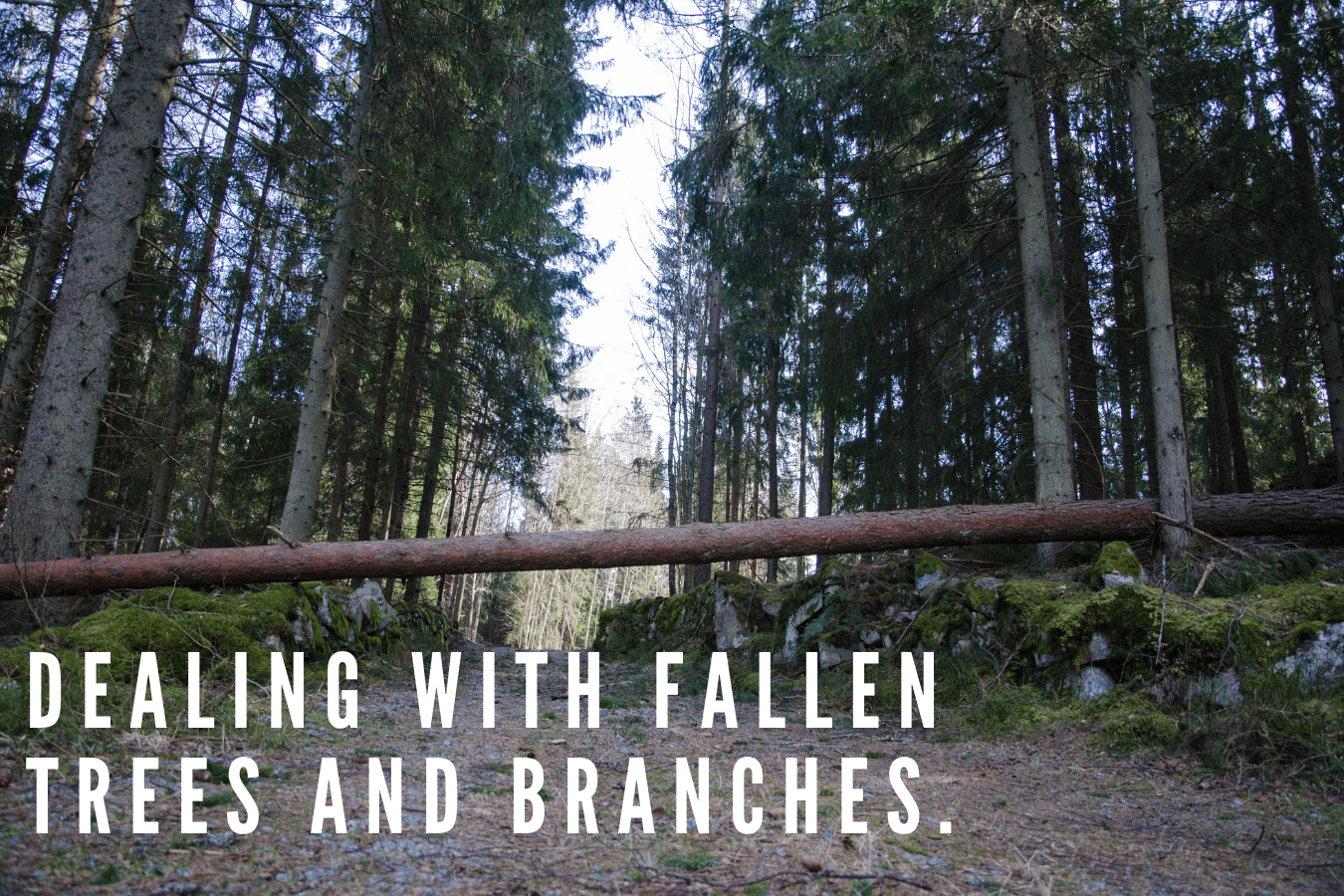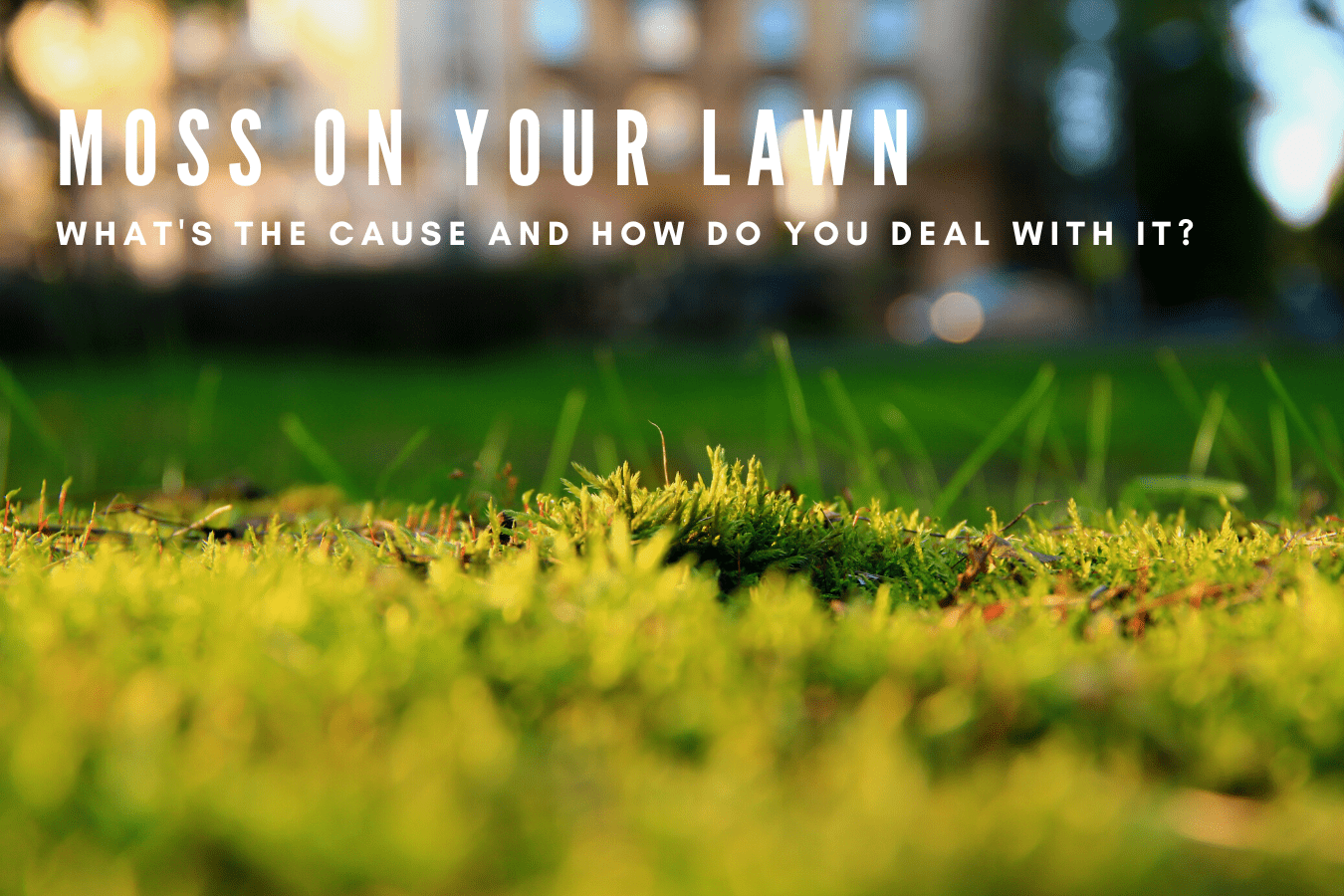
Choosing the right leaf blower. what should you consider?
With Autumn here it won’t be long until the falling leaves will leave you with more work to do. If you have a larger garden or area to keep tidy, then this task can be more difficult for you. Perhaps you are looking into purchasing your first leaf blower or looking for an upgrade. Here are some things to consider when shopping around for your next leaf blower.
Why do you need one?
Firstly, why are they useful? Some people love their old rake and will swear by it, and if you have a small garden and don’t mind a bit of graft then your rake will do you just fine. However, if you have larger areas, limited time, or don’t have the ability or just the desire to put in some hard work just to be clear of leaves then a leaf blower which can turn a hard, tedious ask into a quick whiz round with arguably better results.
Some people may be thinking, why go to such lengths just to get rid of leaves, can you not leave them be? There are a few reasons why most people agree that clearing leaves are a good idea, including:
- Makes the garden look tidier and avoids bringing mess inside.
- Once the leaves have been rained on, they become a slipping hazard.
- If they are on your lawn, they will block sunlight from reaching the grass underneath as they act as a barrier and therefore can limit grass growth and cause disease.
- Can cause blockage issues, leading to a higher risk of flooding.
- If you own a robotic mower, a few leaves on the lawn won’t cause harm, however too many or a layer of wet leaves can intervene with the operation of your mower and can cause damage if leaves get stuck in the blades or the wheels, in this case, it is best to either clear the leaves before they become wet or to not operate your mower in these conditions.
When is best?
One of the primary reasons that people decide to get rid of leaves is due to the issues they cause when they get wet. This is the reason that most leaf collecting activities are recommended to be carried out when the leaves are dry. This makes the job easier for the user and the tool itself. While some blowers may be powerful enough to tackle the weight of wet leaves, most domestic ones will struggle. As well as if the blower you have is a collection type, collecting wet leaves in this can lead to dampness, mold, and damage to the interior of the bag.
As well as this, common sense dictates that a calm and not windy day is also best for collecting leaves, particularly if you want to make nice easy piles get rid of.
What kinds are there?
You would be mistaken to think that a leaf blower is just a leaf blower, there are different types, brands, and models all designed to suit a variety of applications so you can purchase the one which will best suit your needs.
Petrol.
One of the most common types is petrol. These machines are designed to provide you with high maneuverability to be able to work around a garden or area without being confined near a plug socket or running out of charge.
However, these machines are typically 2-stroke, which requires you to mix the fuel with oil. As well as this they also have a much larger environmental impact due to the emissions, which also aren’t particularly healthy to inhale and have higher noise pollution.
An exception to the rule, the Honda HHB25E leaf blower features a 4-stroke engine with a fuel tank capacity of 0.58 liters, meaning no fuel mixing is needed.
Cordless
These types of blowers are ideal for both smaller and large-scale applications, you would just need to choose the most appropriate model for each. Cordless blowers are not only better for the environment with fewer emissions, but they are also better for your wallet. In general, they are often cheaper to purchase initially, and running costs are reduced. As well as this they produce less noise, offering you more flexibility in working location alongside working hours and often require less maintenance than their fueled counterparts.
If you have a smaller garden and are looking for a leaf blower that does the job, doesn’t take up a lot of space, and doesn’t require a hefty investment in maintenance then a smaller, cordless blower with an integrated battery such as this Stihl BGA45 would do the job.
Alternatively, if you’re looking for a more powerful machine to add to your fleet or the use in a professional setting, then a battery that utilizes a universal battery system would be ideal, particularly if you already have other battery-powered machines within this brand then the batteries can be used interchangeably, with the power of the selected battery impacting performance and running time. An example of this would be the Husqvarna 530IBX.
Backpack and Wheeled.
If you use a blower frequently with more heavy-duty applications, a more substantial and powerful machine may be required. Backpack blowers offer this alongside additional comfort for extended periods of use. These machines are designed to reduce strain on those using them frequently such as landscapers, contractors, or local authorities. They also tend to have higher power and blowing force meaning they can tackle tougher debris including heavy and wet leaves, an example of this is the Stihl BR800C-E backpack blower.
Alternatively, there are wheeled vacuum collectors which also have similar performance, however, due to their larger frame, they will require more storage space and are not as easy to transport.
For more information on our range of leaf blowers and the brands we carry, browse our range now to get in touch to speak to an expert.


